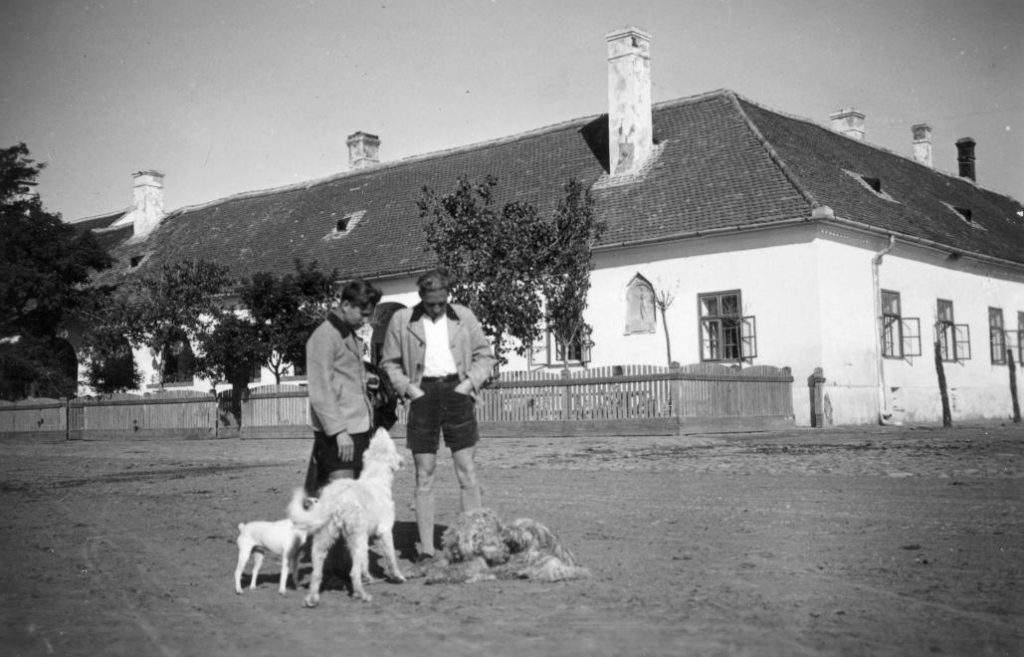5 interesting things about the Hortobágy National Park

The Hortobágy National Park is considered to be one of the most iconic representatives of the ‘plain life’ in Hungary and is often associated with the Great Hungarian Plain. The World Heritage site was founded 45 years ago today, and to celebrate this, Magyaroszág Kúl has collected 5 interesting facts about it.
The first Hungarian national park
The Hortobágy National Park is the first national park in Hungary, consisting of bits from four different counties: Hajdú-Bihar, Jász-Nagykun-Szolnok, Szabolcs-Szatmár-Bereg and Heves. The Hortobágy region is one that is embodied with typical Hungarian traits, manifesting in its history, precious wildlife and fauna and unique traditions. It is the lyrical subject of numerous Hungarian poets (and writers too), most importantly of Sándor Petőfi, who wrote about the beauties of the region on several occasions.
photo: Great Big Story / YouTubeFishery railway
The Hortobágy National Park operates Hungary’s only fishery railway transporting passengers. The rail ends at the country’s biggest artificial fishponds, at Lake Kondás. This unique little railway traverses over 5 kilometres, along with the inner dam of the fishponds. Once you reach the endpoint, you can admire the fauna by taking a 460 metres long path, that has high-stands.
The biggest plain
The Hortobágy National Park is situated at Central Europe’s most prominent grass-covered plains. The park consists of 4 protected landscape parks and 19 separate protected areas. The once parkland steppe was under the influence of the river Tisza a couple of centuries ago. However, its development was heavily influenced by humanity. The picture that we have of it today is thanks to the hydraulic engineering that took place in the 19th century. Other factors contributing to its current state were the grazing of animals, the cutting and burning down of forests.
photo: https://www.facebook.com/kallopeterphotoAuthentic plaque
The whole of the Hortobágy National Park was declared a World Heritage site on November 30, 1999, in Marrakesh. The plate stating that the park is part of the UNESCO World Heritage sites is made from dacite tuff that was mined at Szomolya. One of Hungary’s symbols, the Nine-holed Bridge (located in the Hortobágy) was made from this same material.

Not just a jerry
One will find some unique buildings along the Hungarian roads that are called jerries, where you can get a delicious and authentic Hungarian meal. These establishments served as meeting points where news were exchanged. The oldest one is the Hortobágyi Csárda (csárda = jerry) that is the most valuable architectural monument of the 17th-century Hungarian catering and hosting trade. This jerry is the plain’s oldest building. Today it is the icon of jerries, but is not just a restaurant: guests can learn about the building’s history, ways of transport at the plain, and about the famous guests of the jerry with the help of an exhibition, multimedia tools, trying on garments.

photo: fortepan.hu
featured image: gotohungary.com
Source: magyarorszagkul.nlcafe.hu





